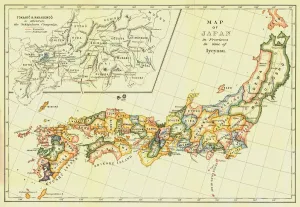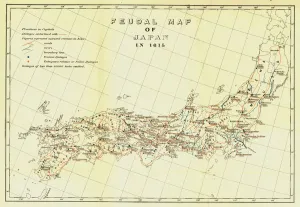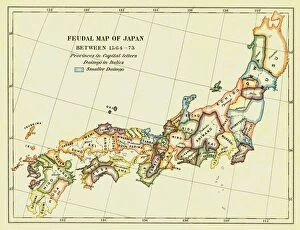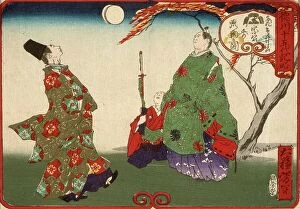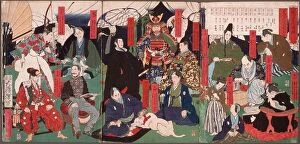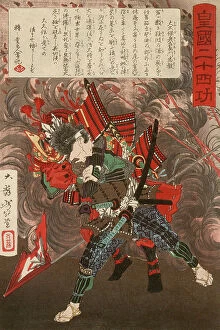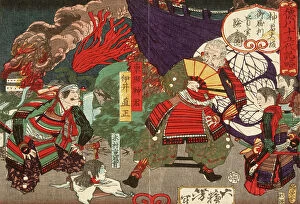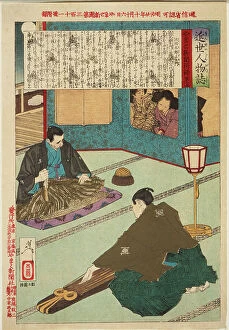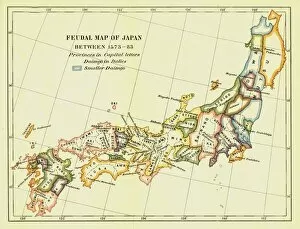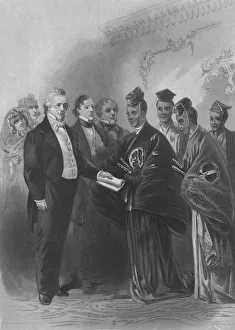Tokugawa Bakufu Collection
The Tokugawa Bakufu, also known as the Tokugawa Shogunate, was a period of centralized feudal rule in Japan that lasted from 1603 to 1868
All Professionally Made to Order for Quick Shipping
The Tokugawa Bakufu, also known as the Tokugawa Shogunate, was a period of centralized feudal rule in Japan that lasted from 1603 to 1868. This caption explores various aspects of this era through historical maps and illustrations. Starting with a map of Japan in provinces during the time of Iyeyasu, we get a glimpse into the political landscape at the beginning of the Tokugawa Bakufu. The feudal map from 1615 further highlights how power was distributed among different domains across Japan. To understand one of the pivotal moments in this period, we have a plan depicting the Battle of Sekigahara in 1600. This battle solidified Tokugawa Ieyasu's position as shogun and marked the beginning of his reign. Exploring earlier years, we have two feudal maps showcasing Japan between 1573-83 and 1564-73 respectively. These maps provide insights into territorial changes and shifting alliances leading up to Tokugawa's rise to power. Moving on to specific campaigns during his rule, there are plans illustrating both Osaka First or Winter Campaign (1614) and Osaka Second or Summer Campaign (1615). These campaigns were significant conflicts against Toyotomi Hideyori's forces that ultimately secured Tokugawa dominance over all rival factions. In addition to military events, it is important to acknowledge cultural aspects too. A depiction titled "The Martyrs of Japan" by Jacques Callot showcases religious persecution faced by Christians during this period. Shifting focus towards international relations, an artwork called "The President and Japanese Embassy" portrays diplomatic interactions between Japan and foreign powers around c1869 when modernization efforts began under Emperor Meiji. Lastly, we have portraits capturing key figures like Shogun Tokugawa Ieyasu himself - renowned for his leadership skills both in times of peace and war. Additionally, an image titled "Old Tokyo.

